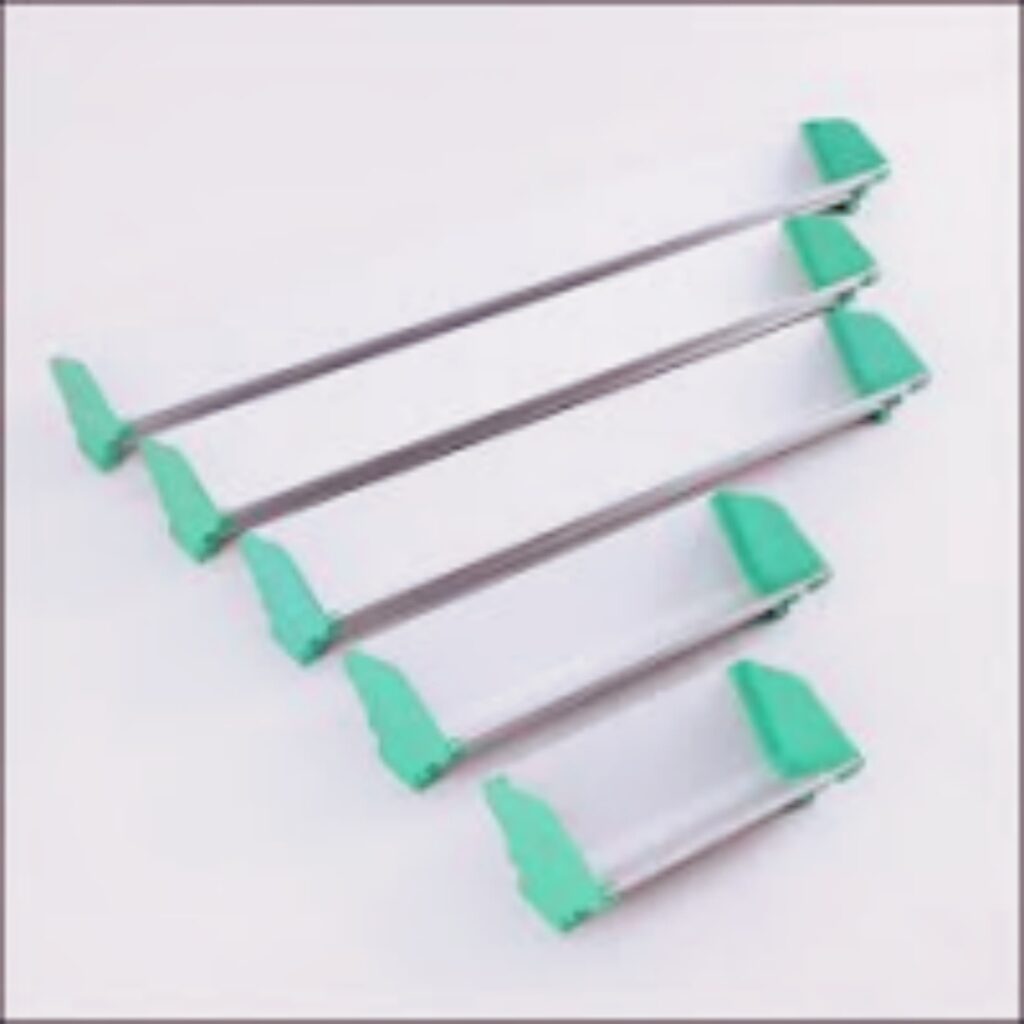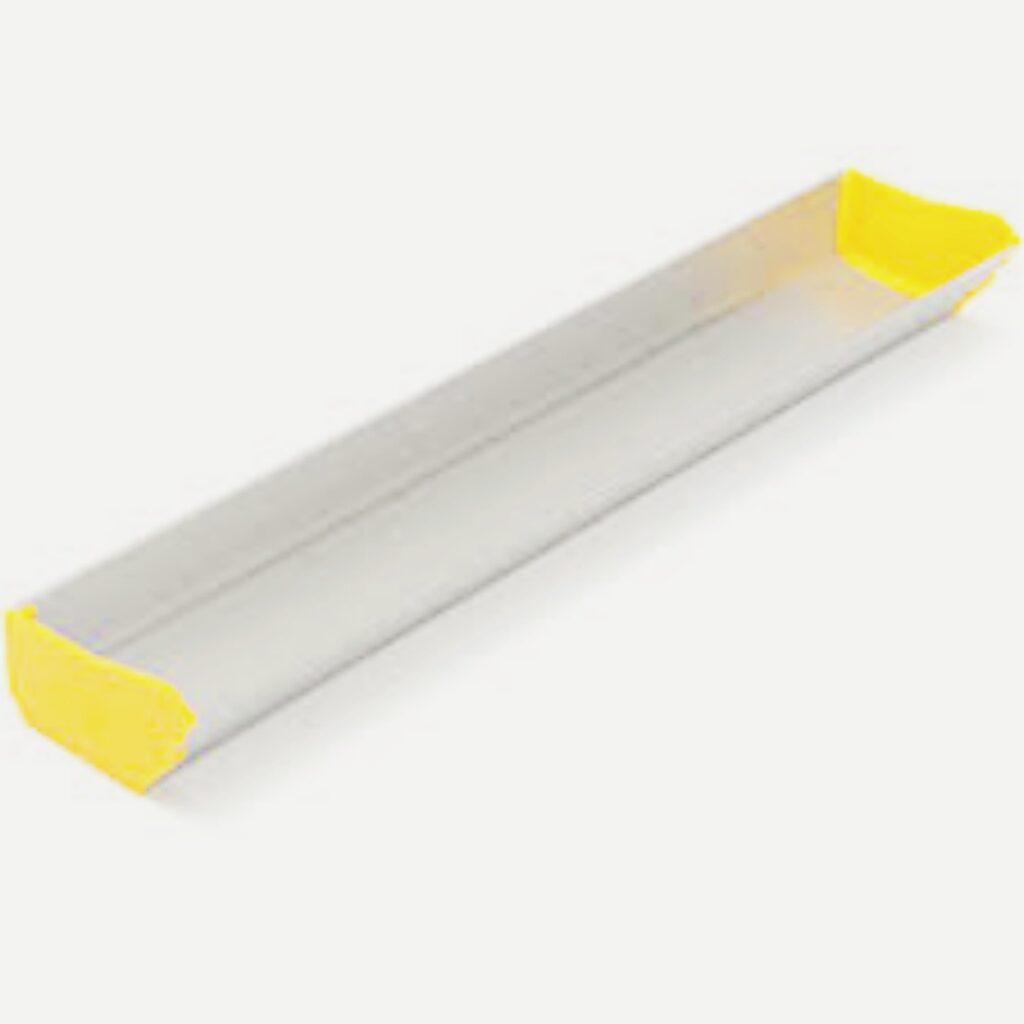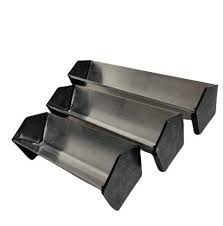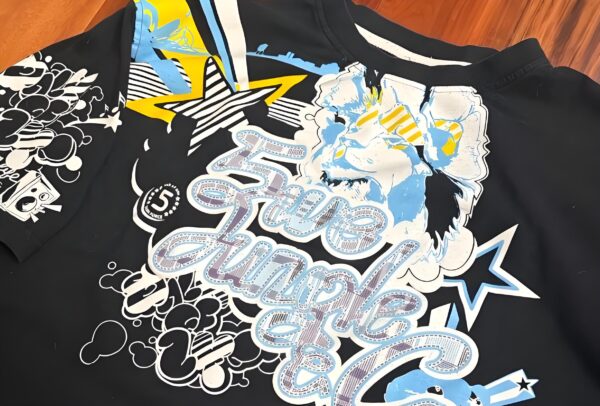A screen coater is an indispensable tool in the screen printing process, ensuring application of emulsion to create sharp and durable designs.
How to Coat a Screen with a Squeegee?
Coating a screen with a squeegee is an alternative method for applying emulsion, particularly when you don’t have access to a scoop coater. Here’s how to do it:
- Prepare the Emulsion: Mix your emulsion according to the manufacturer’s instructions, ensuring it is free of air bubbles.
- Hold the Squeegee: Position the squeegee at a 45-degree angle to the screen.
- Apply the Emulsion: Pour a small amount of emulsion at the bottom of the screen. Use the squeegee to spread the emulsion evenly upward.
- Coat Both Sides: Repeat the process on both the inside and outside of the screen to ensure even coverage.
- Remove Excess Emulsion: Run the squeegee lightly over the screen to remove excess emulsion and create a smooth surface.
While a squeegee can be effective, investing in a screen coater provides more consistent results and is recommended for professional projects.
How Many Times Do You Coat a Screen with Emulsion?
The number of coats required depends on your desired print quality and the type of design:
- Standard Coating: Apply one coat of emulsion on each side of the screen for general printing needs.
- High-Quality Prints: For more detailed or high-density prints, apply two coats on the print side and one coat on the squeegee side.
- Backlight Check: After coating, hold the screen up to a light source to ensure an even application without pinholes.
Over-coating can make the screen too thick, while under-coating can lead to weak designs. Finding the right balance is crucial for optimal results.

How to Properly Coat a Screen?
Using a screen coater ensures a smooth and even emulsion layer. Follow these steps to coat a screen properly:
- Choose the Right Scoop Coater: For a 20×24 screen, a scoop coater between 16-18 inches works best to cover the surface evenly.
- Position the Screen: Place the screen upright on a stable surface or use a screen holder for better control.
- Load the Emulsion: Fill the scoop coater with emulsion, ensuring it is evenly distributed across the coater.
- Apply the Emulsion: Start at the bottom of the screen and tilt the coater slightly. Pull it upwards in a smooth motion.
- Coat Both Sides: Flip the screen and repeat the process on the opposite side.
- Dry the Screen: Allow the screen to dry in a dark, dust-free environment with the print side facing down.
Proper coating ensures a uniform emulsion layer, which is key to achieving sharp and durable prints.

Should We Directly Spray the Glass Cleaner on the Screen?
Using glass cleaner on a screen can be helpful for cleaning, but it must be done cautiously. Here’s what to consider:
- Avoid Over-Saturation: Directly spraying glass cleaner can oversaturate the screen and damage the mesh or loosen the emulsion.
- Use a Cloth: Spray the glass cleaner onto a lint-free cloth and gently wipe the screen.
- Rinse Thoroughly: After cleaning, rinse the screen with water to remove any residue that could interfere with the emulsion or printing process.
Always use cleaners specifically designed for screen printing when possible to ensure the longevity of your screens.
Screen Coater Nearby
Finding a reliable screen coater supplier is essential for maintaining efficiency and quality in your screen printing projects. Here are some tips to locate one nearby:
- Local Printing Supply Stores: Many stores specializing in art and screen printing supplies carry scoop coaters and accessories.
- Community Groups: Join local screen printing groups or forums to get recommendations for nearby suppliers.
By sourcing a high-quality screen coater, you can ensure consistent results and streamline your workflow.
Scoop Coater Screen Printing
The scoop coater is a vital tool for applying emulsion in screen printing. Its design allows for precise and even application, ensuring the best results. Here are some tips for effective scoop coater usage:
- Select the Right Size: Match the scoop coater width to your screen size, leaving about 1-2 inches of clearance on each side.
- Maintain the Angle: Hold the coater at a consistent angle (around 45 degrees) for an even layer of emulsion.
- Clean Regularly: Wash the scoop coater immediately after use to prevent emulsion buildup and maintain its performance.
Using a scoop coater is the most reliable way to achieve professional-grade results in screen printing.
Conclusion
Mastering the use of a screen coater is a fundamental skill in screen printing. From understanding how to coat a screen with a squeegee to choosing the best scoop coater for your needs, each step contributes to achieving high-quality prints. Investing in proper tools, maintaining clean screens, and following best practices will ensure your screen printing projects are successful and efficient.










